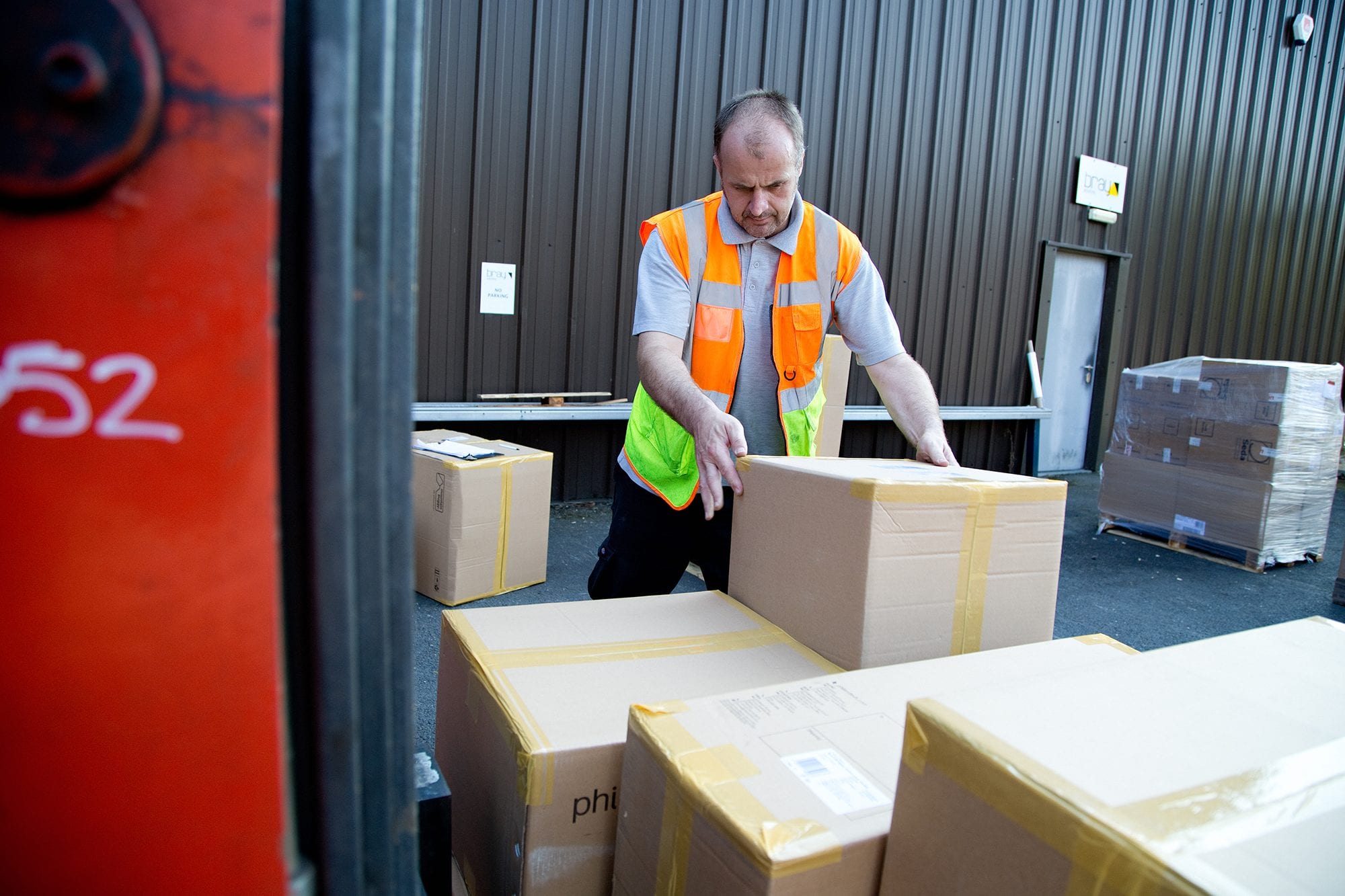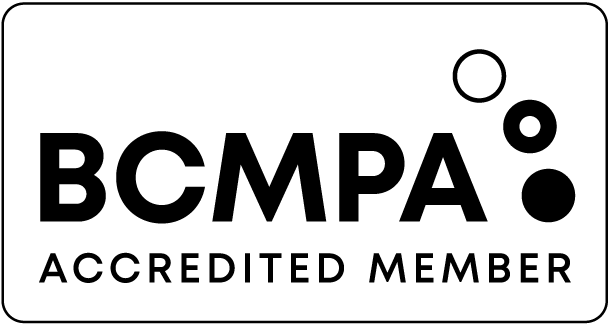
you’ve spent a significant amount of your budget designing and implementing a streamlined logistics technology solution that ensures your customers receive their purchases quickly and conveniently. As a result, it’s improved your bottom line, and you’re getting great feedback.
However, a trend begins where customers seem to be ordering multiple sizes and fits of your latest range? From investigation, you notice they are trying on at home and returning the unwanted items, but it’s causing issues within your supply chain, leaving you with unsold stock that could’ve been sold as it’s taking too long to process and re-sell.
Additionally, you also see how broken or soiled products are causing an environmental issue within your company and damaging profits as they become waste with no proper process to deal with them. So what do you do? How do you avoid these issues and effectively manage returns in 2022? The answer most likely lies in combing your logistics technology with reverse logistics technology.
At the core of this is what is commonly known as the five R’s of returns; recalls, recycling, repair, returns and repackaging. And as customer behaviours continue to evolve, these five solutions are becoming increasingly important to ensuring efficiency and recouping lost income in the returns process.
The quantity of returns has become one of the biggest challenges for the retail market. In 2018, it was reported that 69% of shoppers wouldn’t pay for return shipping. The pandemic only exacerbated this issue further by growing the online shopping market to a massive $4.9 trillion worldwide in 2021. Customers are changing the way they shop, and eCommerce is struggling to keep up, creating gaps in the supply chain where money is leaking profusely.
In the era of great customer service, where we have the data we need to create efficient reverse supply chains and strategies to recoup losses and redirect chains to new destinations, i.e. resellers, it’s become more important than ever.
So what are the main pros and cons of establishing a reliable reverse logistics chain?
1. Happy Customers
A satisfied customer is more likely to stay with your brand and, over time, will be worth more than new customers due to fewer costs involved in retention than acquisition.
2. Increase the Bottom Line
Many returns are suitable for resale, but the turnaround time for returns can affect how many can be resold, especially for in-season items. A quick and efficient process will ensure minimal financial losses.
3. Better for the Planet
Increased returns mean more transport costs and waste. With efficient strategies for managing returns, companies can minimise stock movement and ensure that many items are reused or disposed of correctly. Avoiding landfills as much as possible.
4. Future Sales
Customers are looking not only at your products but how your company operates. In addition, they care about the bigger impact of their purchase, so by having an environmentally and customer-friendly return process, customers will be more likely to return repeatedly.
5. Risk Protection
Product recall can cause mayhem within a supply chain, so a business needs to be able to safely retrieve and deal with any products which could cause harm to both customers and reputation.
1. More Spinning Plates
You immediately make your supply chain more complicated by adding a reverse process. This can create difficulties, as well as increased chances of mistakes. The ideal situation would be to reduce the number of returns by adding a few low barriers to dissuade returns.
2. Increased Shipping
As customers are unwilling to pay for returns, the increased burden is on the seller. These costs are often more than shipping out, as returns involve a higher level of processing and quality assessment. Strategies that enable customers to be more accurate in their purchasing decisions can reduce this additional burden.
3. Environmental Burden
As with most things, there is a flip side. For example, a better reverse logistics approach can reduce the environmental impact of the return goods. Still, it also opens up the gates for increased consumerism of items and the materials required to repurpose mistreated ones.
Ensuring returns are processed and dealt with efficiently should be a high priority for many companies. This nightmare can become a financial opportunity by introducing centralised warehouses with properly trained staff and processing technologies.
Retailers can tackle this issue from multiple angles and use their warehousing providers to carry out these new processes, alleviating the company’s pressure to devise separate strategies. With an efficient system, not only will the customer, and the company benefit but also the environment.







We integrate with a number of different systems.
Get in touch to find out how we can help.